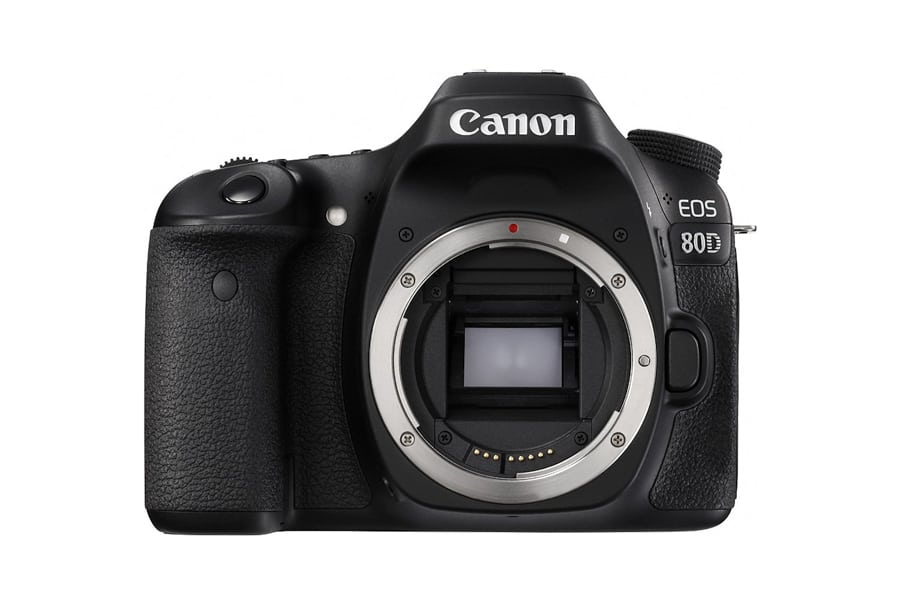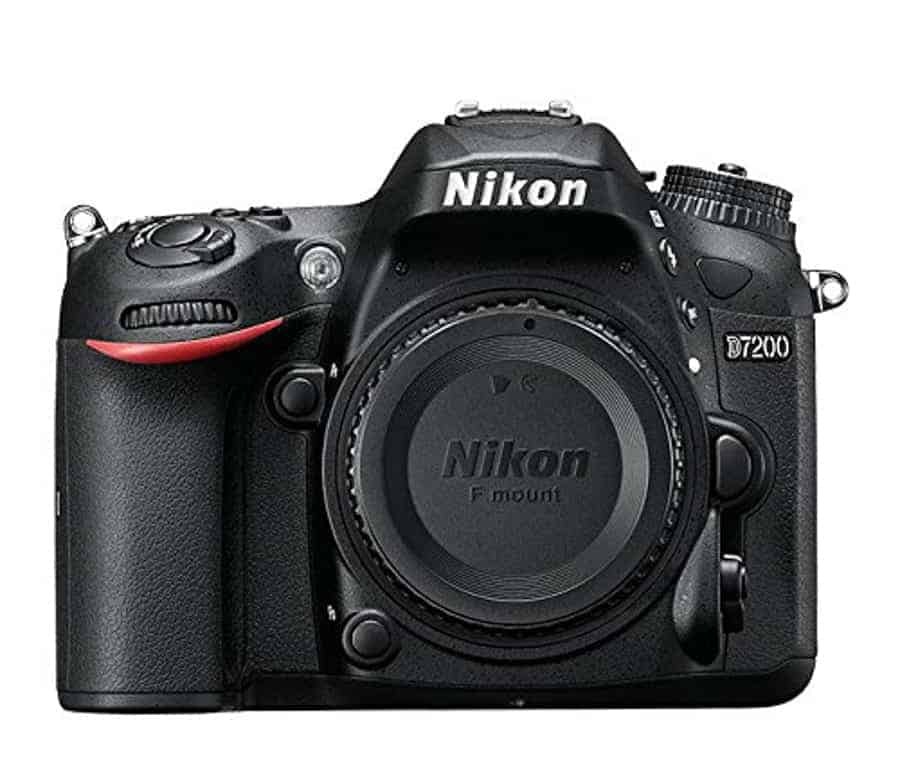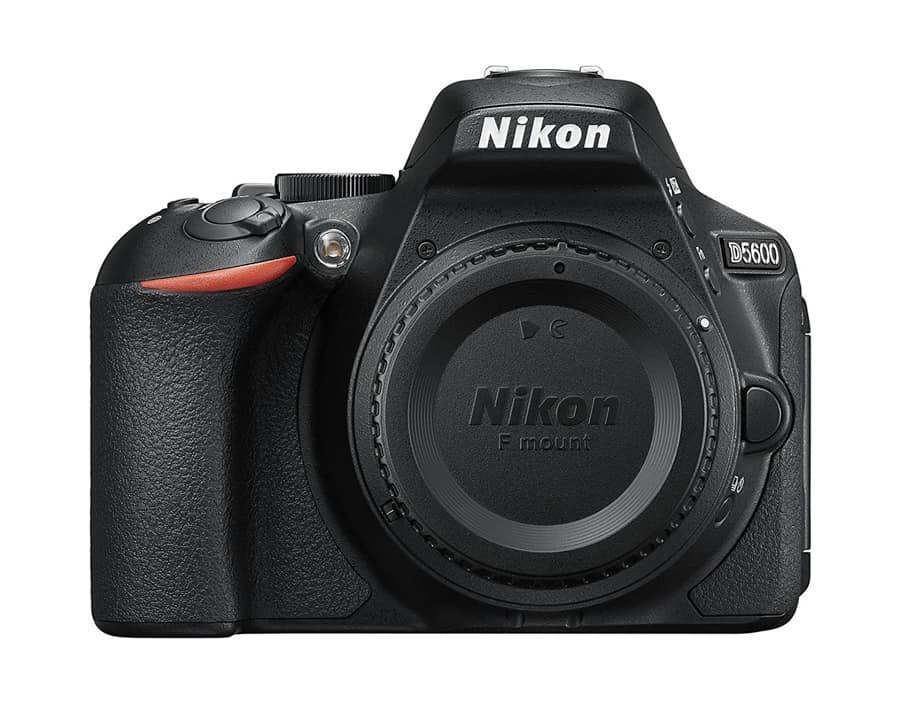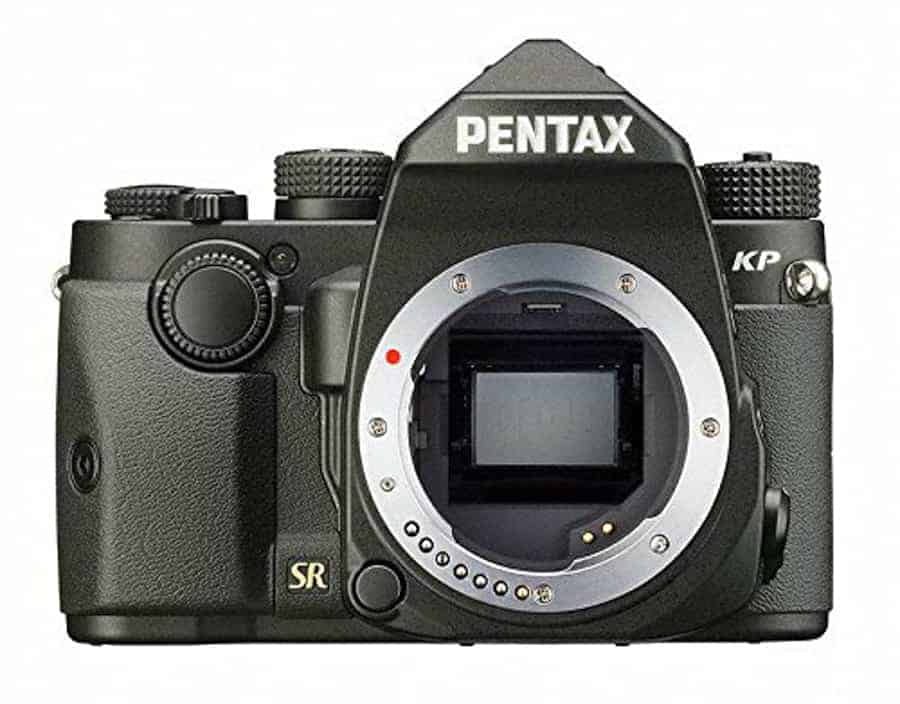Photography gear isn’t cheap. Most seasoned professionals eventually acquire gear that is cumulatively worth thousands of dollars. This makes the decision of which gear to buy one that many photographers labor over to try to ensure that they make the correct decision, especially those who may be on a tight budget.
I will be one of the first to say that gear does not make a great photo, the photographer does. However, as a photographer who slaves over technical specifications, reviews, and other information to help me feel comfortable that I’m making the right gear purchases, I will also acknowledge that gear does play an important role for many photographers. As an avid night sky photographer, I know that I can get the photos that I capture of the Milky Way with an entry level DSLR camera and a kit lens. However, I also acknowledge that better gear makes those photos much easier and less time-consuming to capture and process.
While everyone’s budget will vary, there are plenty of high-quality cameras that can be had for under $1,000 that will help you capture great photos if you know how to use them. Heck, there are plenty of cameras that can be had for a few hundred dollars that can help you capture great photos. However, for under $1,000, a photographer can easily find a DSLR camera body that will allow them to excel in almost any type of photography.
There are a few things to keep in mind before diving into the list. First, this list is only about DSLRs. For those who are interested in mirrorless cameras, which offer an enticing package for some photographers, keep in mind that fantastic mirrorless options are made by companies such as Sony, Fujifilm, and Olympus. I decided last year that mirrorless wasn’t right for me, but that doesn’t mean it won’t be right for you.
Also, if you have your heart set on a full-frame DSLR, you will not find any on this list. Since the price of used cameras can vary drastically based on their age and condition, I only included cameras on this list based on the cost of buying them new. If a full-frame DSLR is what you are looking for, you unfortunately will be hard-pressed to find any new ones under $1,000 at the time of this writing. However, that doesn’t mean you can’t find a used Canon 6D, Nikon D610, Nikon D750, or similar with a few miles on it for a good price. With that said, let’s check out some of the 5 best DSLRs on the market right now that you can get for under $1,000 (sales tax not included…).
Canon EOS 80D

The EOS 80D is Canon’s successor to their 70D. It is a high-quality crop-sensor DSLR that, at the time of this writing, squeaks in just under the $1,000 price limit at $999. The body was announced in early 2016 with a new 24-megapixel sensor and boasts a dynamic range of 13.2 EV, according to DxOMark. The latter of which gives the 80D a noticeable advantage over Canon’s new full-frame 6D Mark II when it comes to shooting scenes with high dynamic range. DxOMark also credits the 80D with shooting low-noise photos at up to 1135 ISO.
The Canon 80D is weather sealed and has an articulating, rear touch screen. While the camera body does not shoot in 4K (and no cameras on this list do), it does shoot 1080p at 60 frames per second. The body also features Duel Pixel AF, which allows for continuous autofocusing during video shooting. For those interested in capturing fast-moving action, the 80D has a burst rate of 7 frames per second. WiFi is also included in the camera, but no GPS. If you have your heart set on Canon, the 80D is worthy of your attention.
Check the current price of the Canon EOS 80D on Amazon.
Nikon D7200

With a price of $796 at the time of this writing, the Nikon D7200 is a heck of a lot of camera for the money, a fact that is helped by the introduction of its successor, the D7500, which will help bring the price of the D7200 even further. The D7200 has a 24.2-megapixel sensor with a top-of-the-line dynamic range of 14.6 EV, according to DxOMark, allowing you to capture scenes with bright highlights and dark shadows in fewer exposures than the competition. The D7200 is also credited by DxOMark with shooting photos with low noise at up to 1333 ISO, which gives it a slight edge over the Canon 80D in that category.
The D7200 has a phase detection autofocus system with 51 focus points and has a burst rate of 6 frames per second, making it a great option for capturing fast-moving subjects. Like the Canon 80D, it captures video at 1080p and 60 frames per second. However, where the D7200 excels in sensor quality and meaty technical specs, it lacks some of the extra features of other cameras. For those looking for an articulating LCD and a touchscreen, you won’t find it on the D7200. And built-in GPS is also lacking. The D7200 does have built-in WiFi, however.
Check out the current price of the Nikon D7200 on Amazon.
Nikon D5600

For those who like the sensor specs that come with the Nikon D7200 but want to save a bit of money to put towards lenses or other accessories, the Nikon D5600 offers many of the benefits of the D7200, as well as some of the extra features it lacks, but at a lower price point. At the time of this writing, the D5600 and it’s 24.2-megapixel APS-C sensor can be bought new for $646. According to DxOMark, the D5600’s sensor still offers a huge 14 EV of dynamic range, while shooting photos with low noise at up to 1306 ISO. Both of these numbers are respectably similar to the D7200 and come in at a price tag that gives you some wiggle room with spending your money on other gear (or just not spending it at all).
The most notable feature that the D7200 has that the D5600 lacks is weather sealing, which may be a turn-off for those looking to take the camera outside in less than ideal conditions. However, for those willing to treat their gear with a little more care, the D5600 makes up for this with an articulating rear touch screen and built-in GPS. The D5600 also makes a case for itself by being about 33% lighter than the D7200. For those looking to photograph fast-moving subjects, however, keep in mind that the D5600 does have 20 fewer autofocus points and a slightly slower burst rate of 5 frames per second. The D5600 shoots 1080p video at 60 frames per second.
Check out the current price of the Nikon D5600 on Amazon.
Pentax KP

The Pentax KP may come in as one of the lesser known cameras on this list, but it certainly notable due to a few unique features it offers that many of its competitors do not. The Pentax KP has a 24.1-megapixel sensor. While it has not been tested by DxOMark at the time of this writing, tests show that the camera is comparable to the Canon 80D in terms of noise performance at high ISO settings. At the time of this writing, the Pentax KP comes with a price tag of $899.
Like with many of the cameras on this list, the Pentax KP is weather sealed and comes with a flip-out rear touchscreen. It also has built-in GPS. An area where the Pentax KP does lack is battery life, which, at 390 shots, is more comparable to many of the mirrorless cameras available today than the DSLRs on this list which have battery lives that rate closer to 900 or 1,000 shots. However, the KP does have some interesting features lacking in others camera bodies on this list, including in-camera image stabilization. For those looking to shoot astrophotography, the KP is also equipped with Pentax’s “Astrotracer” capabilities, which can shift the camera’s sensor during long exposures of the night sky to avoid star trailing.
Check out the current price of the Pentax KP on Amazon.
Canon SL2

The Canon SL2 is the successor to Canon’s SL1, their capable but compact DSLR. The SL2 is slightly bigger than the SL1 (we’re talking a few millimeters), but still stays true to that compact design, all while having a sensor that has comparable performance to the Canon 80D. At the time of this writing, the 24.2 megapixel SL2 can be bought for $499.
Although sensor performance in the SL2 is comparable to the 80D, it lacks some of the better performance features found in the 80D, including a lower burst rate of 5 frames per second. However, the SL2 still includes a rear vari-angle touchscreen. Like the 80D, the SL2 does not include built-in GPS, but does shoot 1080p video at 60 frames per second. At only 453 grams, however, the SL2 packs a lot into a small, lightweight, and fairly inexpensive design that gives you plenty of wiggle room to spend some money on lenses. Or, you know, just save some money.
